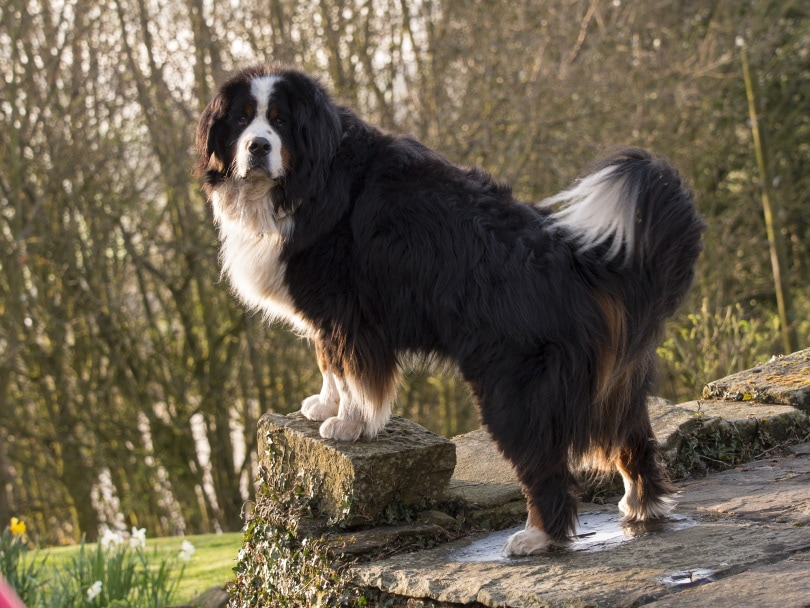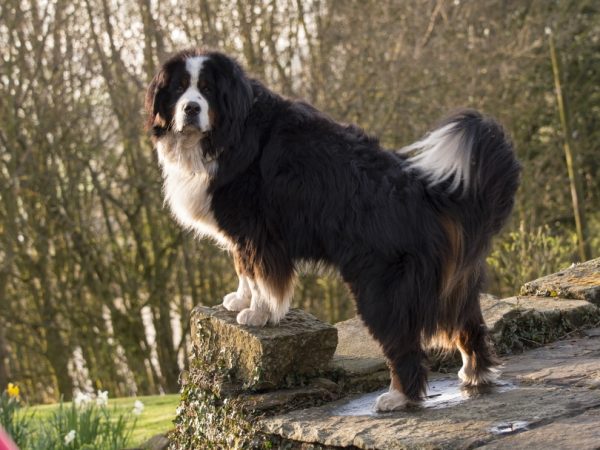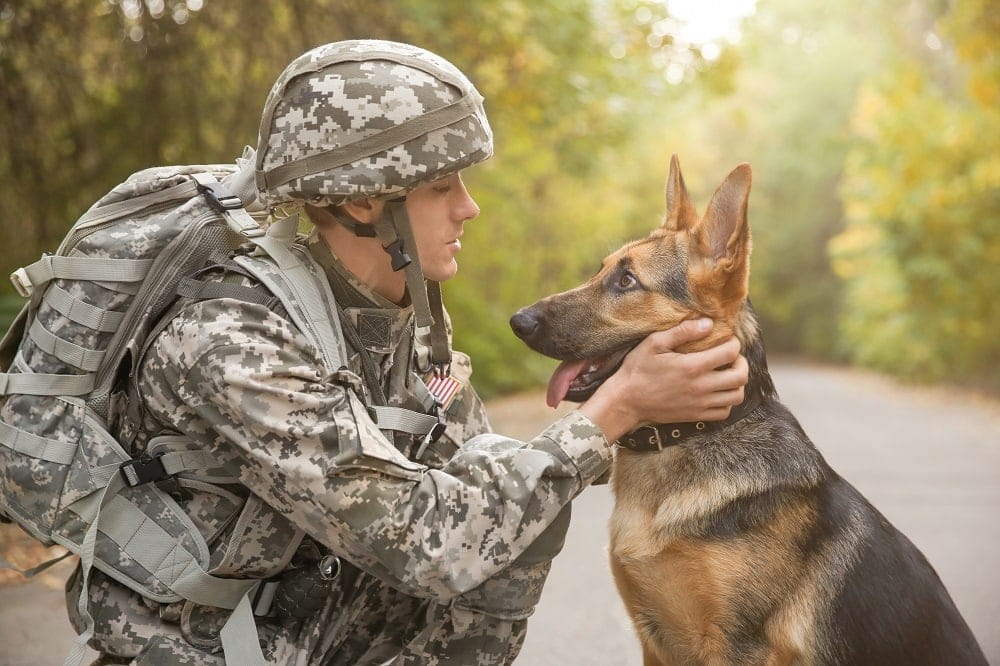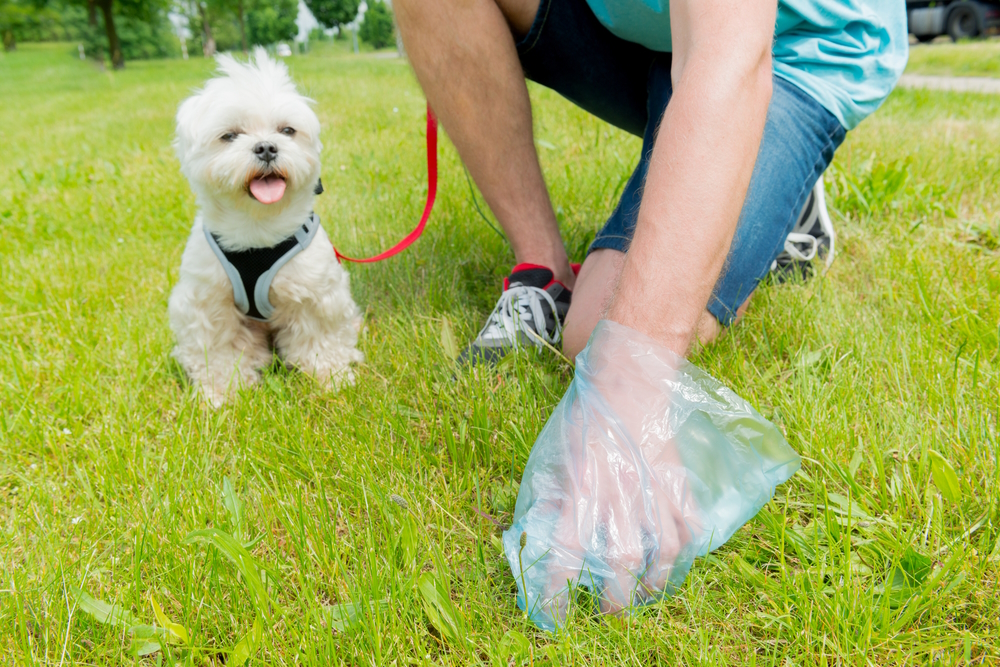The Bernese Mountain Dog is a very large breed that is adapted to be strong and powerful. The breed is considered very gentle with its humans and typically with other animals but it can be relied upon to work hard if called upon. Unfortunately, as is typical for breeds of this size, the Bernese only has an expected lifespan of between 8 to 10 years.
As a large breed, it is also slow to mature, which means that its first heat may not occur until the dog is as old as 18 months, although it can also occur as early as 8 months. Like almost all breeds, the Bernese will typically go into heat every 6 months, although, in this larger breed, estrus may only occur every 8 to 10 months. It does depend on the individual dog. Your dog will usually be in heat for around 3 weeks each cycle.
About The Bernese Mountain Dog
The Bernese Mountain Dog originates from the farmlands of Switzerland. They are well equipped to deal with the rigors of life in the Alps, thanks to their long coat and resilient nature. Having been bred to herd, guard, and accompany, they are very versatile. They are considered calm and placid, making them a good choice of family pet, and they are still used as working dogs thanks to their tenacity and their attentive nature.
The breed is a giant and can grow to 100 pounds (45 kg), or even as heavy as 120 pounds (approximately 55 kg). It is very strong, lending itself to cart pulling and other strength-based competitions. But, as is typical of large breeds, it doesn’t have a particularly long lifespan. Owners can expect their Bernese to live between 8 to 10 years, although some can live longer, with the record for an individual Bernese Mountain dog exceeding 15 years.
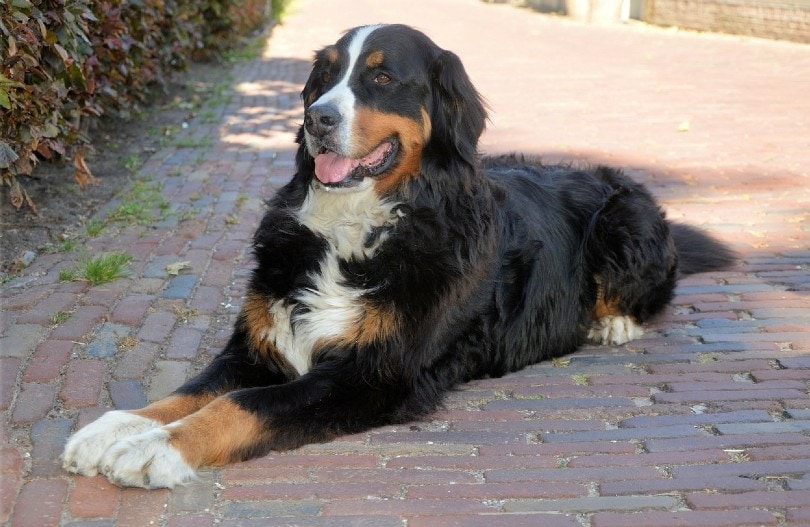
First Heat
Also typical of large breeds is the fact that the Bernese matures slowly. They don’t reach full adult size until about 2-3 years of age, and whereas smaller breeds might get their first heat at around 6 to 9 months of age, the Bernese will not usually experience her first heat until between 12 and 18 months of age. Occasionally, certain individual females may not go into heat until about 2 years of age.
Signs To Look For
It is important to recognize when a dog is going into heat because this is the only time that a male dog can get a female dog pregnant. If you are hoping to breed your Bernese Mountain Dog, this is the time that she will need to mate. If you want to ensure that she doesn’t get pregnant, you should avoid any contact with male dogs during this roughly 3-week period. If you want to ensure that she doesn’t get pregnant, you should avoid any contact with male dogs during this roughly 3-week period. If you intend on never having your female dog bred, spaying is recommended, as it can prevent the onset of many diseases associated with their reproductive tracts that increase in likelihood with each heat cycle.
To identify when your dog is going into heat, look for the following signs:
- During the proestrus stage, or just before your dog goes into heat, she will attract the attention of male dogs. She is unlikely to want to mate at this stage and can’t become pregnant even if she does.
- During this time, the vulva may become swollen and there can be a bloody vaginal discharge.
- A lot of female dogs keep their tails closer to their body during this time.
- She will become clingy and may give her family more attention or demand more attention from them.
- Female dogs can become aggressive towards male dogs during the proestrus stage.
- The vulva will still be swollen, but less than during proestrus.
- Discharge may still be evident, but it will be a pink or lighter red color than during proestrus.
- She will be less aggressive towards male dogs and may attempt to court their attention.
- She can become nervous and may want to get out to find male dogs.
- Urination is likely to increase at this time.
- When she does meet male dogs, she may lift her tail and rear end towards them. This is usually referred to as “flagging”.
Ongoing Cycle
Once your Bernese Mountain Dog has had her first heat, she will settle into a regular cycle, typically with each heat occurring every 6 to 8 months, but again the size of the breed can have an effect on this timescale with some Bernese Mountain Dogs only going into heat every 8 to 10 months.
Unless your dog suffers from certain medical conditions or is spayed, she will likely continue to go into heat on this cycle throughout her life.
Summary
Female dogs go into heat roughly every 6 to 10 months, with the Bernese Mountain Dog typically having their first heat at around 12-18 months of age. Once a cycle is established, your dog will likely continue to go into heat throughout her life unless she is spayed, or illness prevents it.
Featured Image Credit: david muscroft, Shutterstock

